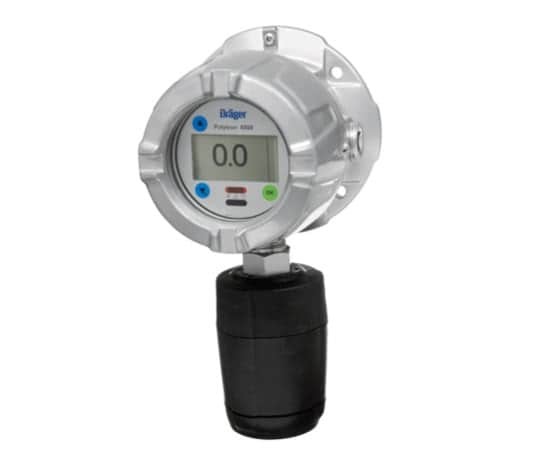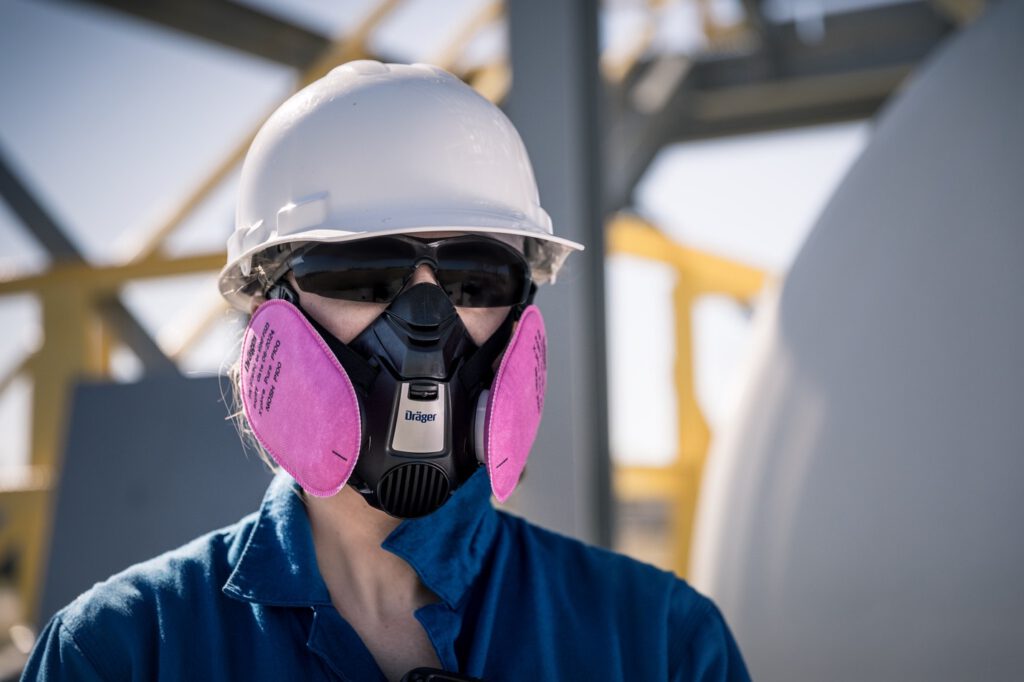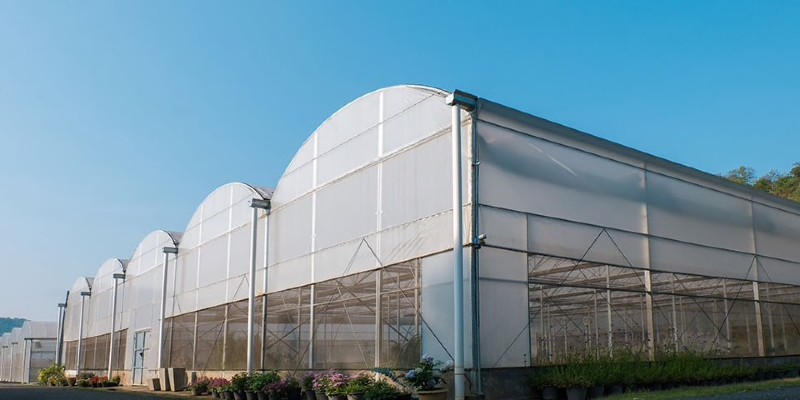In the U.S., cannabis legalization began in 2012 when both Colorado and Washington approved cannabis for recreational use.
Today, cannabis is legal in 11 states, along with Washington, D.C., for both recreational and medicinal use for adults over the age of 21.
For medicinal use only, it is currently legal in 33 other states. Recreational legalization allowed the cannabis cultivation industry to flourish exponentially.
The spike in demand for higher quality cannabis caused growers to experiment with their crops’ growing operations to yield higher volume.
Growers improved their lights, growth mediums, pesticides, heating, cooling and ventilation techniques.
But as experimental innovations arise, safety hazards often follow.
Employers in this emerging industry have a lot to consider when it comes to protecting their personnel, property and the environment.
While greenhouses and other indoor growing facilities allow cannabis manufacturers to grow and process their crops in a highly controlled environment, these structures also pose several hazards such as:
- Exposure to carbon dioxide (CO2), carbon monoxide (CO) and ozone during cultivation
- Inhalation of toxic vapors such as lead, cadmium and mercury from broken fluorescent bulbs used for lighting during cultivation
- Exposure to mold due to high levels of humidity during growing processes
- Use of combustible liquids, butane, CO2 and high-pressure machinery during cannabis oil extraction
Not only do these hazards pose health and safety risks, but they can also stop growers’ operations in their tracks.
Hazardous Gases in Cannabis Cultivation
CO2 is used during cannabis cultivation as a gas to strengthen greenhouses’ atmospheres, as plants require CO2 for photosynthesis.
It is also utilized as a liquid to extract oils from the crops.
Classified as a simple asphyxiant, CO2 reduces or displaces oxygen in the air.
Confined spaces that prevent natural ventilation, such as cultivation and oil extraction areas, may pose asphyxiation risks and should be closely monitored.
According to the Food Safety and Inspection Service (FSIS) Environmental Safety and Health Group (ESHG), CO2 levels in outdoor air typically range from 300 to 400 parts per million (ppm) (0.03% to 0.04%) but can be as high as 600-900 ppm in metropolitan areas.
There are certain CO2 concentration levels that need to be kept in mind when working with cannabis, such as:
- Normal outdoor air 300-400 ppm (600-900 ppm in metropolitan areas)
- Infused growth levels 1,000-3,000 ppm
- OSHA permissible exposure limit (PEL) 5,000 ppm for workplace
- Lethal level 100,000 ppm
While the use of CO2 is ideal for the cannabis plants’ growth cycle, it can be dangerous for workers. Mild exposure symptoms include headaches and drowsiness.
Higher CO2 concentration levels can cause shortness of breath, rapid breathing, inability to concentrate, dizziness, elevated blood pressure and more.
Under extreme levels, death by suffocation may occur.
This is why indoor growing facilities should utilize gas detection devices to monitor concentration levels.
Additionally, cannabis growing processes also release terpenes, which give the cannabis plant its strong odor.
Terpenes are classified as volatile organic compounds (VOCs).
VOCs are defined as organic chemicals that have a high vapor pressure at ordinary room temperature, specifically toxic and combustible gases.
Terpenes are harmless until they combine with combustible gases, which creates ozone, a highly reactive gas.
While beneficial to the upper atmosphere, ozone is a major air pollutant for the lower atmosphere.
Since cannabis is often grown in greenhouses within industrial areas of cities, the plant’s terpenes have a higher risk of combing with nearby (gas fueled) vehicles’ emissions such as nitrogen oxide, non-methane organic gases, carbon monoxide, particulate matter and formaldehyde.
Temperature Management Risks
Managing growing facilities’ temperature ranges is crucial for optimal plant growth.
Temperature is a key component in a plant’s physical development, nutrient intake, and production of terpenes.
Ideal temperatures for cannabis growth are 77-86°F during the day and 63-64.5°F at night.
The variance in temperatures throughout the day is important to stimulate proper growth.
Growers are able to regulate their facilities’ temperatures by using heating, cooling, ventilation and HVAC systems.
The right combination of heating, cooling, and ventilation systems are essential for successful growing conditions within greenhouses and other indoor growing facilities.
Cannabis manufacturers often use heated water or heated air systems to raise facilities’ temperatures.
For hot water systems, a boiler is used to heat water which runs through pipes throughout the facility, radiating heat to plants through convection or conduction.
In addition, gas burners are used to heat air that is distributed via air ducts.
Boilers and gas burners may produce carbon monoxide (CO) if the equipment is not properly maintained and serviced, putting workers at risk for CO poisoning.
Common CO poisoning symptoms include dizziness, headache, weakness, vomiting, confusion, and chest pain.
High concentrations of CO can cause fainting or in extreme cases, death.
Another method for heating is the use of grow lights.
While grow lights produce a significant amount of heat, they also can cause any present combustible gases to ignite.
In addition, broken florescent bulbs can emit toxic vapors such as lead, cadmium, and mercury.
Cooling is often controlled through a ventilation system in the greenhouse; however, manufacturers may also use cool mist or air conditioning systems.
Some growers opt for a more integrated HVAC system which allows for heating, cooling, and ventilation all in one.
While these are not typically high risk, HVAC systems could be a source for refrigerant leaks, exposing workers to anhydrous ammonia – pure ammonia without water.
Although anhydrous ammonia is an effective refrigerant, it can be highly dangerous to personnel if it leaks from HVAC systems’ pipes or tanks.
Therefore, gas monitoring systems with automatic shutdown capabilities should be implemented.
Portable and Fixed Gas Detection Solutions

Given the many exposure risks, continuous monitoring of gases within cannabis growing facilities is vital.
And depending on the size of the manufacturer’s structure and operations, there are a number of gas detection safety solutions, including fixed and portable devices that should be utilized and maintained along with the other equipment needed to grow cannabis.
For example, the Dräger Pac® 8000, equipped with a CO2 sensor, is a personal, single-gas detection device that detects hazardous concentrations of CO2 and 28 other gases and vapors.
Its robust design is made for even tough and extreme conditions.

Within Dräger’s Polytron® series, the Polytron® 8100 EC is an explosion-proof transmitter utilized for the detection of oxygen and toxic gases like CO2.
This fixed solution uses a high-performance plug and play electrochemical sensor in order to detect CO2.
Respiratory Protective Devices
In addition to utilizing gas detection systems, proper respiratory protective devices should be worn by personnel.
Respiratory protective devices reduce the risk of workers’ exposure to dust, mold, pesticides, toxic gases and vapors, and more.
Selecting the appropriate respiratory devices should be determined by the growing facility’s air monitoring results, in compliance with OSHA Respiratory Protection Standard.

An example of a possible appropriate respirator (depending on the hazards present) is the Dräger X-plore® 1700.
Made in the United States, the X-plore® 1700 is a particle filtering face piece respirator equipped with a CoolSAFETM filter material produced from high-performance filter media.
The mask combines low breathing resistance and high filter performance all in one.
Another respirator example is the Dräger X-plore® 3500.
This twin-filter half mask provides an ideal combination of durability, protection and comfort for workers even in demanding conditions and long duration use within growing facilities.
Equipped with two lateral bayonet connections for use with the comprehensive Dräger X-plore® bayonet filter series, the X-plore® 3500 protects against various particles, gases, and vapors – depending on the breathing filter used.
The image below features the X-plore® 3500 with combination filters.

Regardless of the size or nature of a grower’s cannabis business, implementing a safety solution that can help protect their workers and keep their facility up and running is critical.
The cannabis industry’s cultivation and extraction methods are sure to continue innovating as time goes on and more states legalize it for recreational and medicinal use.
Now is the time to invest in proper respiratory protection equipment and state-of-the-art gas detection systems that can grow along with the industry.
All photos coutesy of Mark Heuchert and © Drägerwerk AG & Co. KGaA
Author
-
Mark Heuchert serves as marketing manager, ADM, North American region, for Dräger, an international leader in the fields of medical and safety technology.







